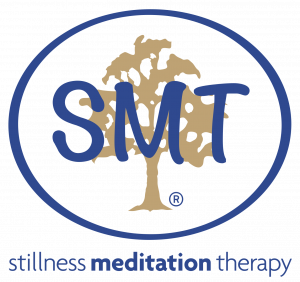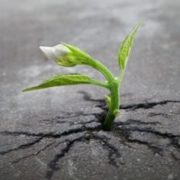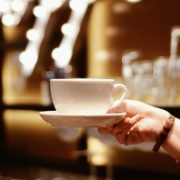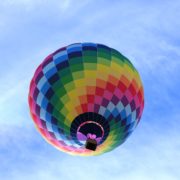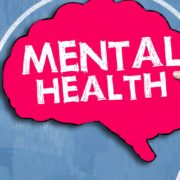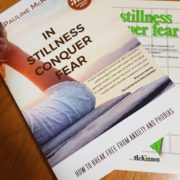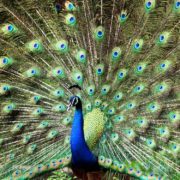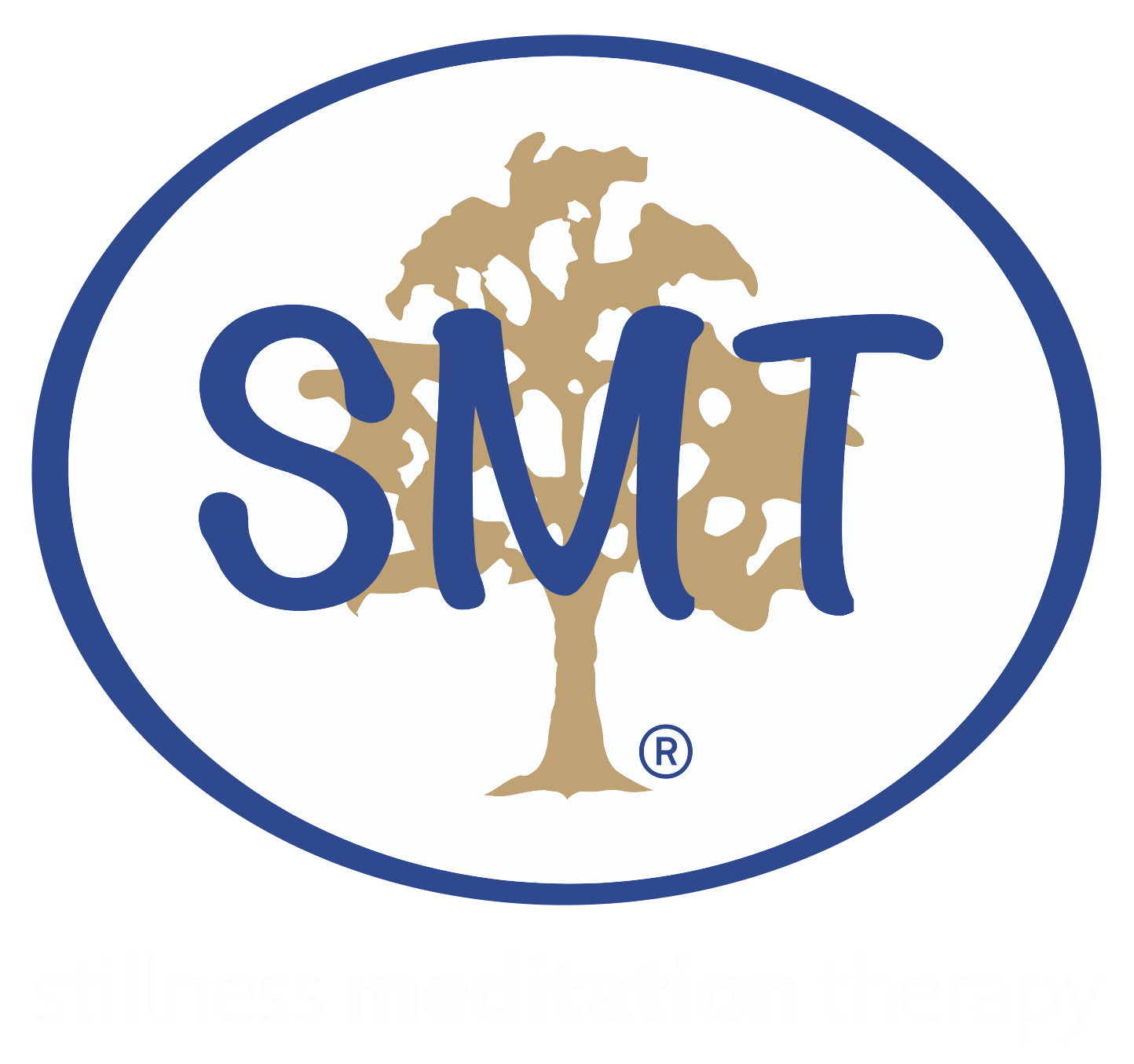As we emerge from the chrysalis…?
COVID-19 has enveloped the world in fear, apprehension, concern for our families and ourselves and for others. Most importantly and tragically, due to the virus many, many lives have been lost. For our own protection and for the protection of others, while practicing social distancing we have been secluded in lockdown, living restricted lives.
This was our first taste of pandemic loss. Next came secondary loss due to the collapse of businesses and reliable work for many. Individuals and families must now adjust to a change in income and in general abundance which for many, has previously been taken for granted. And those less privileged will need the support of all, from government through to each of us as best we can contribute.
Meanwhile, sheltered within our protective cocoon, loss continued. Valued events and the travels and pleasures of our dreams, days, months and years have been cancelled. The traffic has slowed, the streets have emptied, religious venues are closed and social distancing within shopping centres has created empty space. Our celebrations and our grieving times have reduced to few participants and the aged in care have been denied family company. Inevitably health will suffer – mental health in fact more than ever as drastic changes impact emotional lives.
The world as such, will never really be the same again.
However! Seclusion has brought cleaner air, less noise pollution and quite likely a reassessment of wants as opposed to needs. Also, through the human ability to adapt, creative people have managed life well. Zoom, among other technological facilities, has brought us together for business and pleasure. Kind and resourceful people have created unique concerts, parties and practical assistance for the needy. Parks and gardens have come alive with walkers – keeping their distance – but enjoying the outdoors with friendly compatriot smiles and a nod to those they meet along the way. Best of all, time has become available to us. And in many respects, because of that, so has energy.
Perhaps our enforced restraint has brought advantages? The virus came upon us almost without warning but has provided the opportunity for another stage in human knowledge, understanding and development. There is potential for a better society. Families have become closer, sharing time, meals, conversation and the support and appreciation of each other with new vision. Most importantly, slowing down has provided leadership opportunities for those who might otherwise be viewed as reclusive: here is their time to shine within their kind of world.
This universal experience has given us occasion to accept, reflect and convert old ways into different ways and, in fact, availed us of the key to greater freedom. Surely changing habits, adapting to situations and adopting novel interests is part of the process of evolution?
In a way ‘lockdown’ is rather like a tiny preview of the personalized ‘stillness’ we teach at this Centre: less effort, less stress, less tension, less anxiety and a sense of calm where physical health thrives too.
Life has changed. How might we each emerge from our stay-at-home bubble into a different, and unquestionably transformed, world?
© Pauline McKinnon, May 2020
